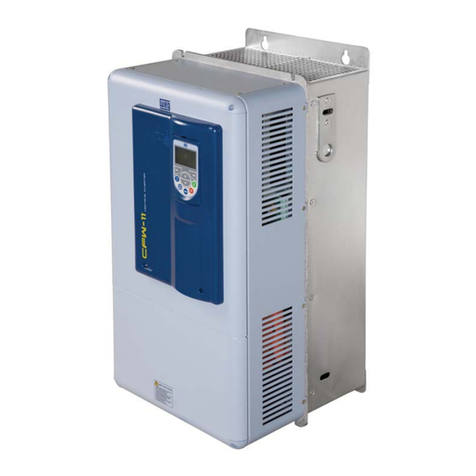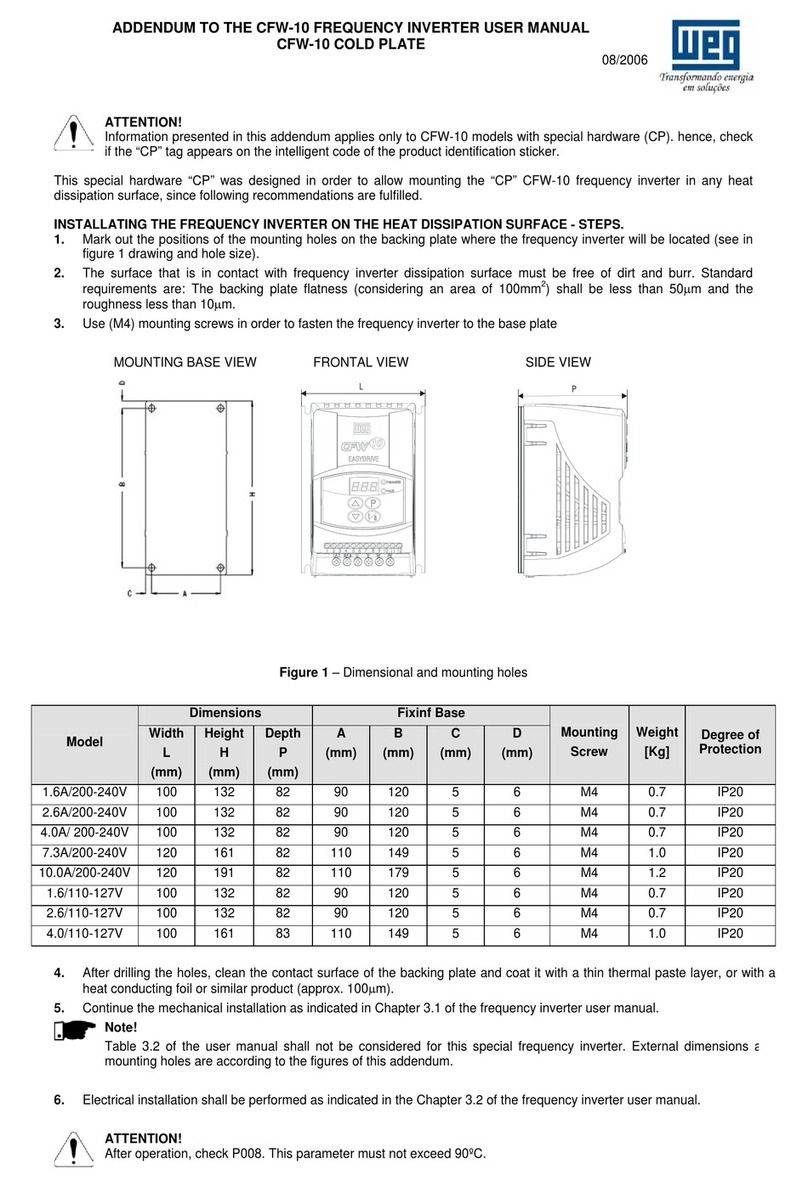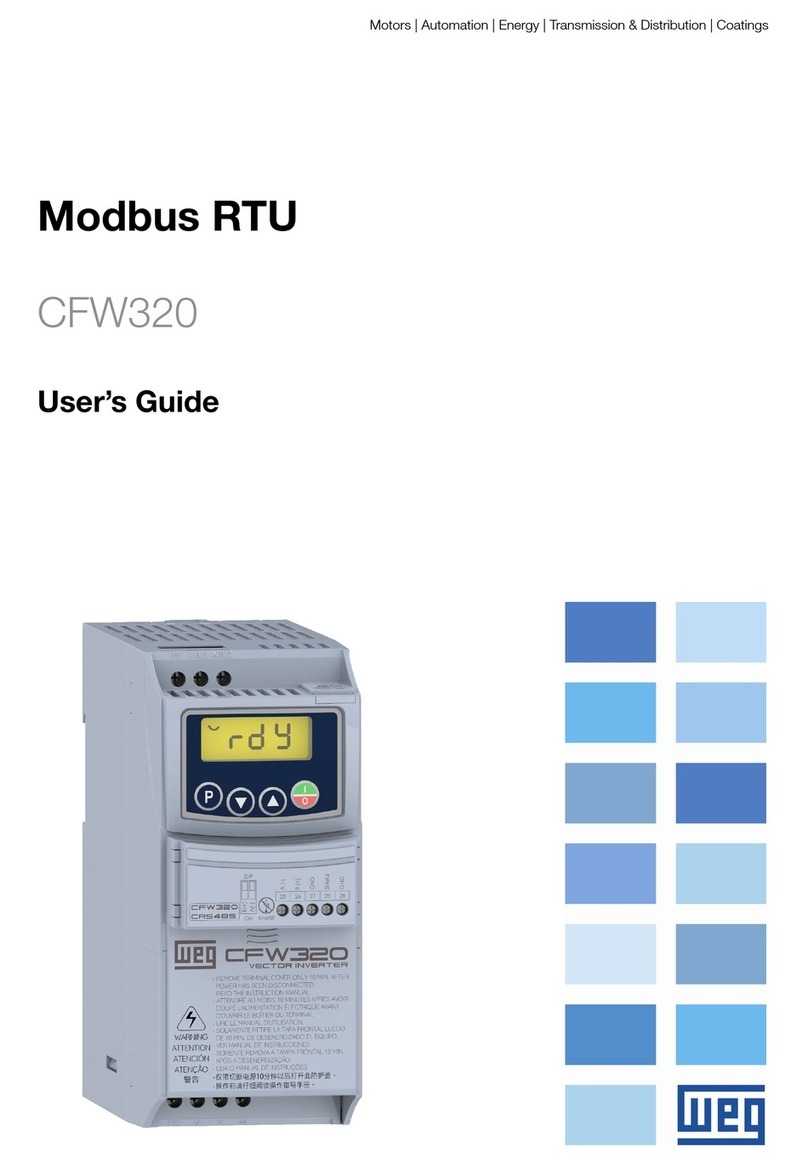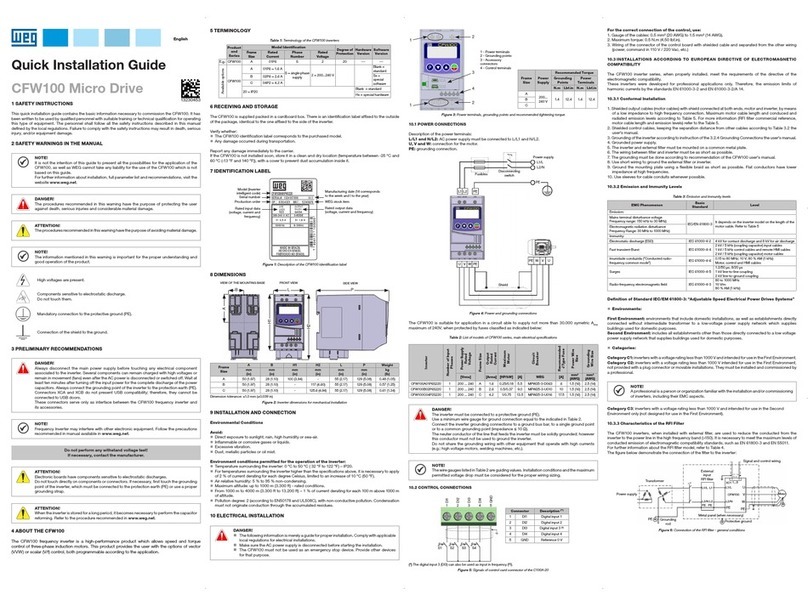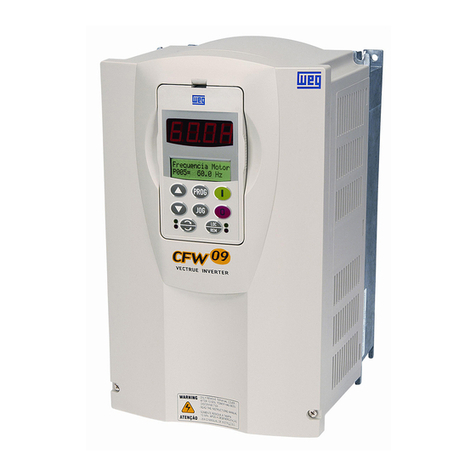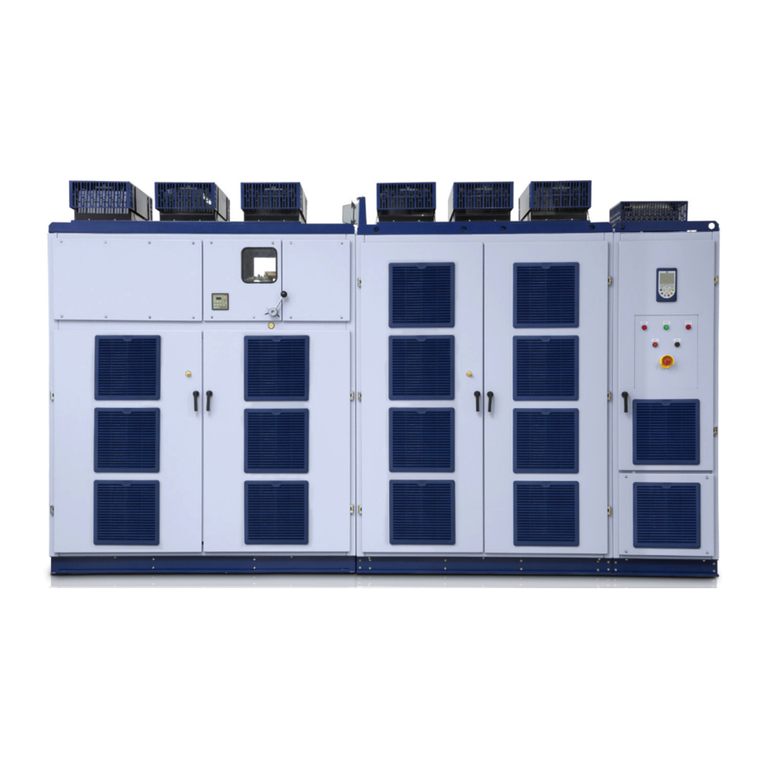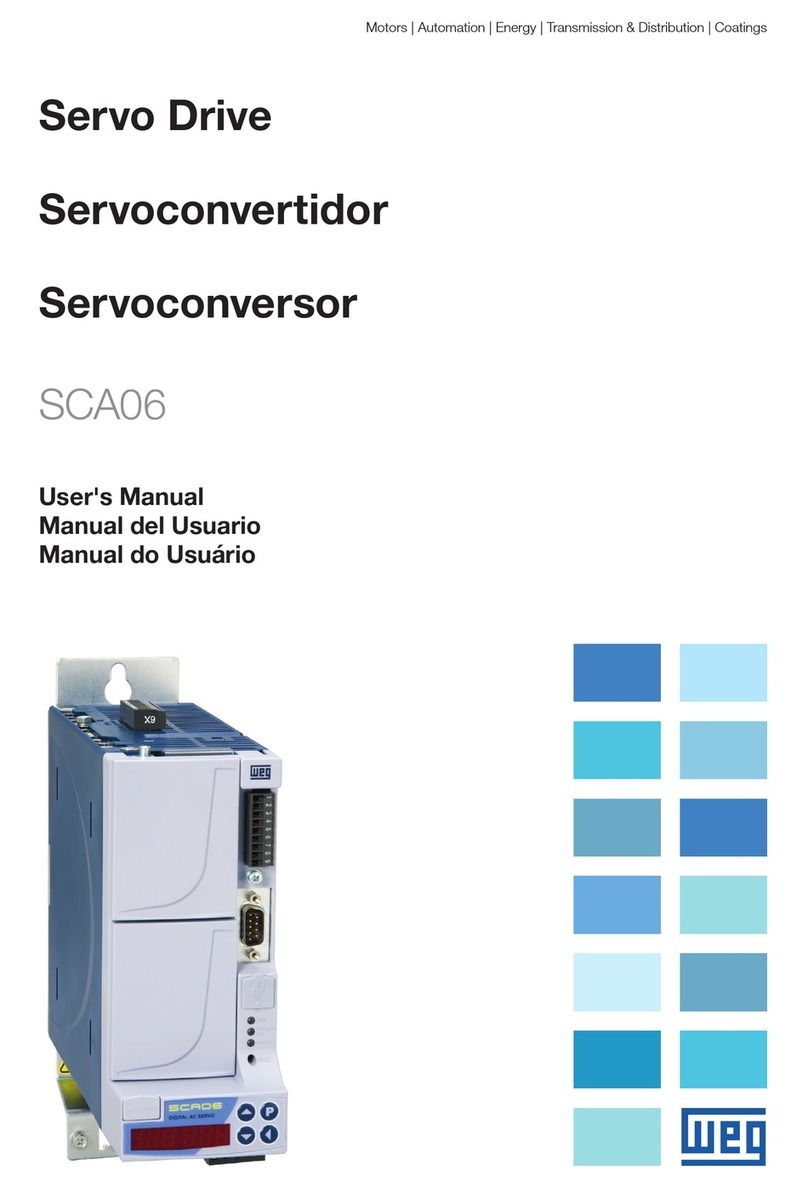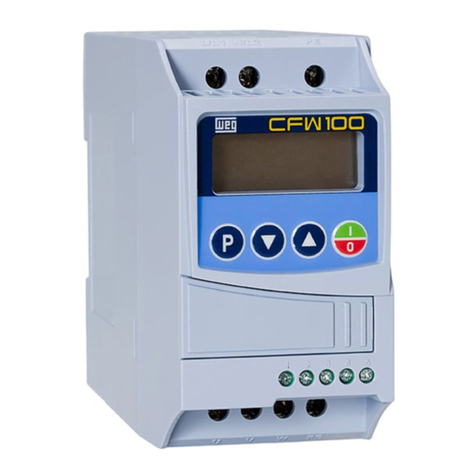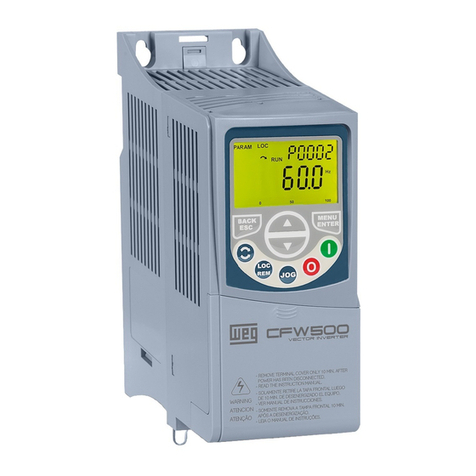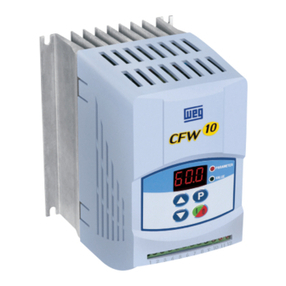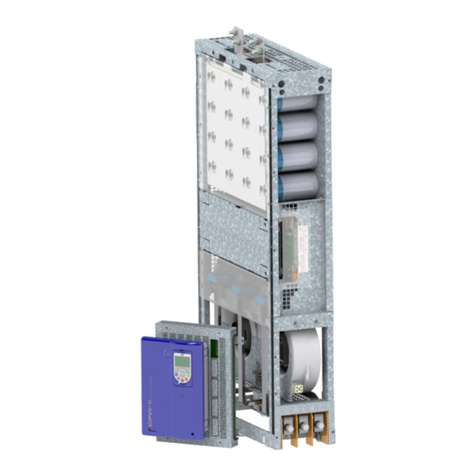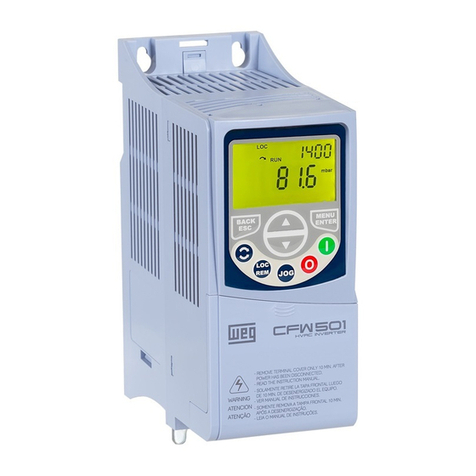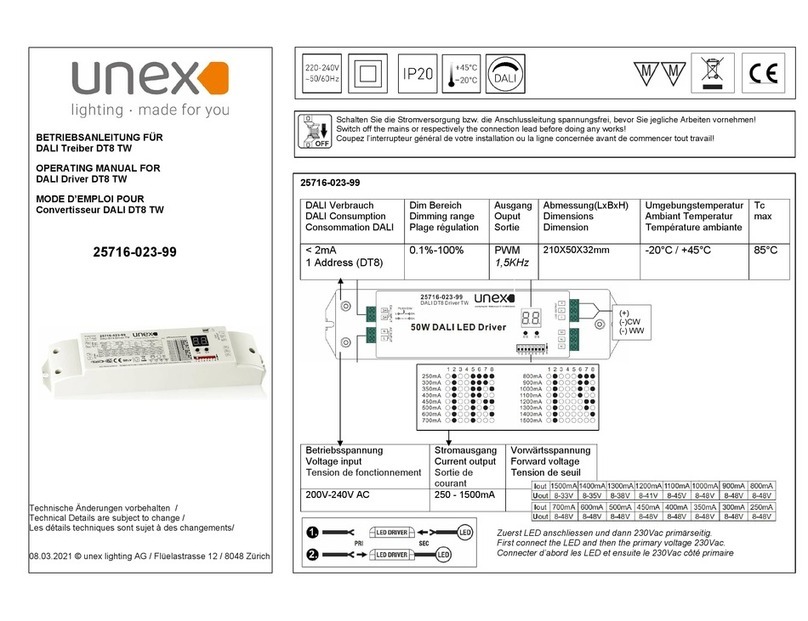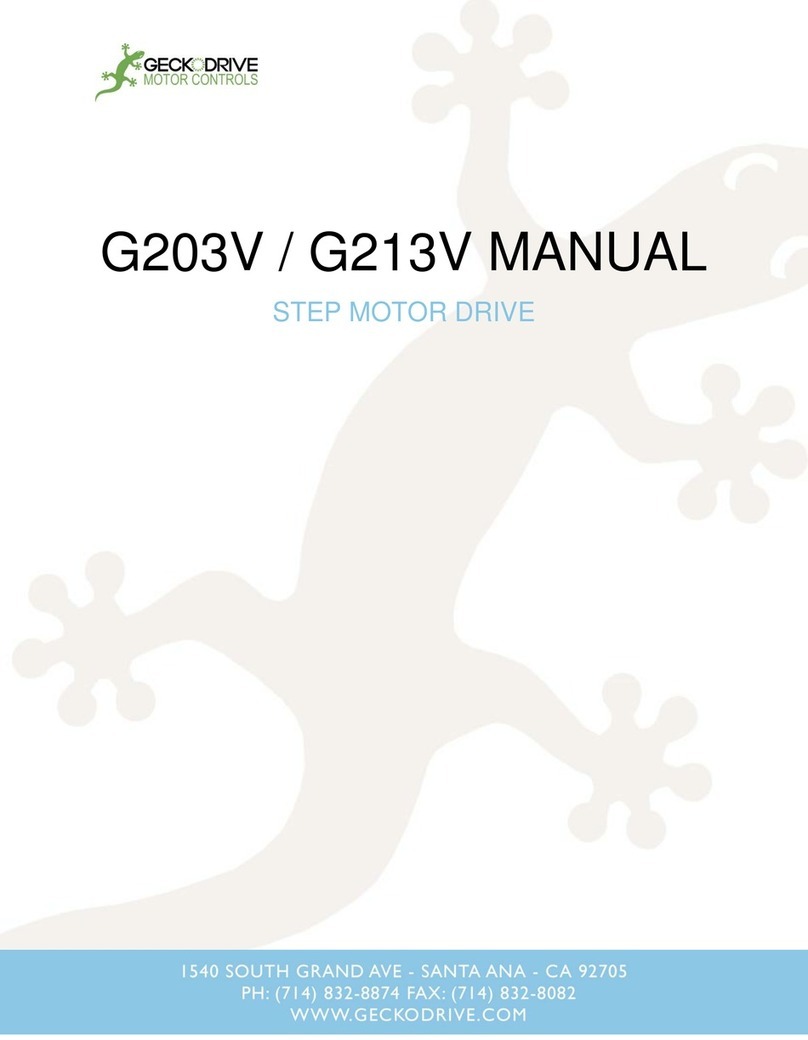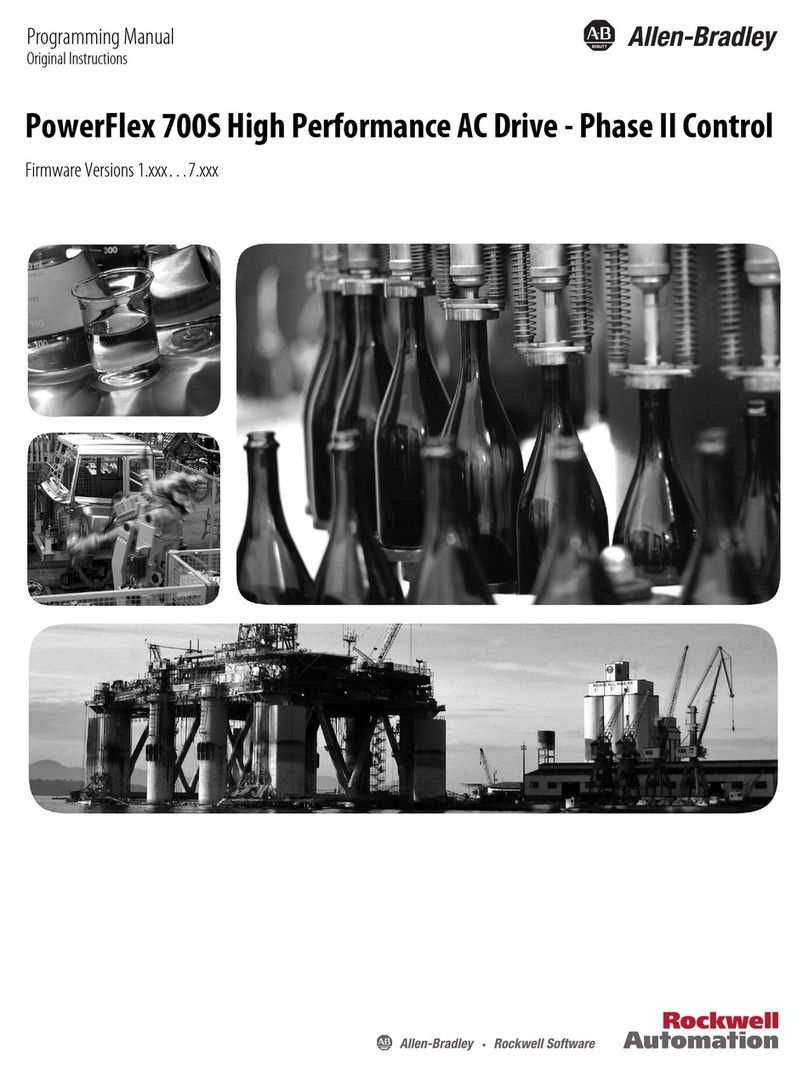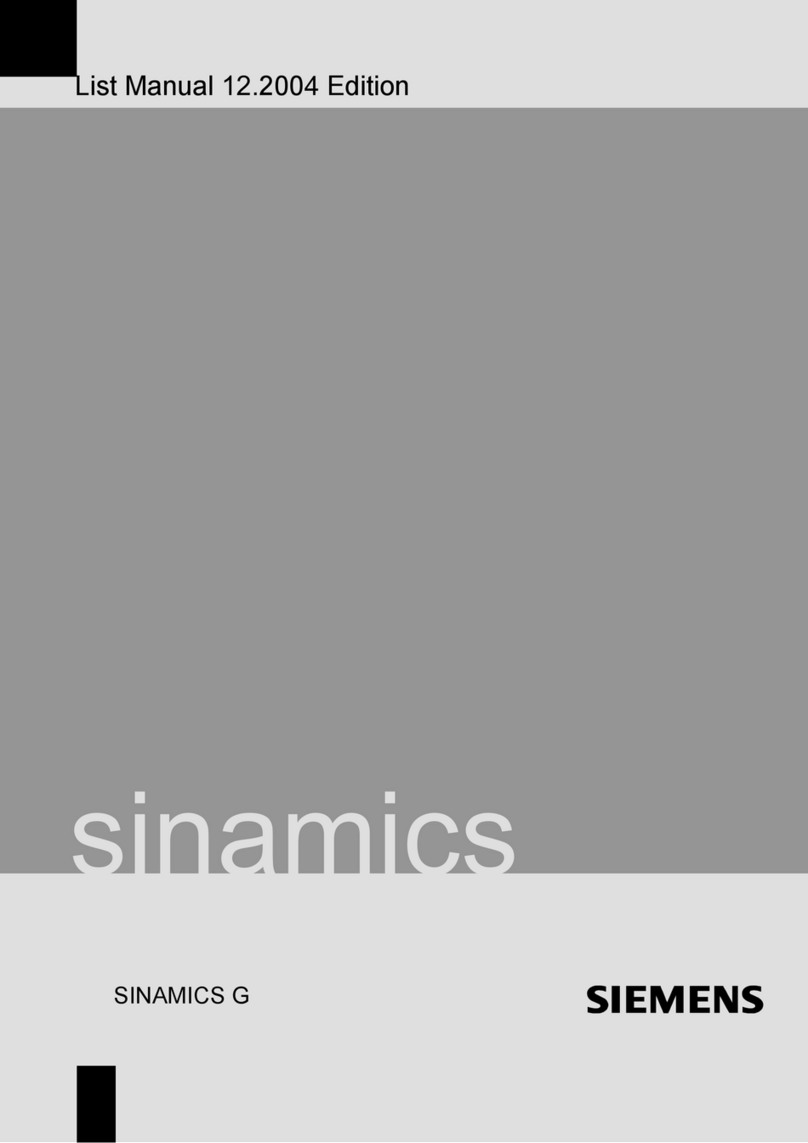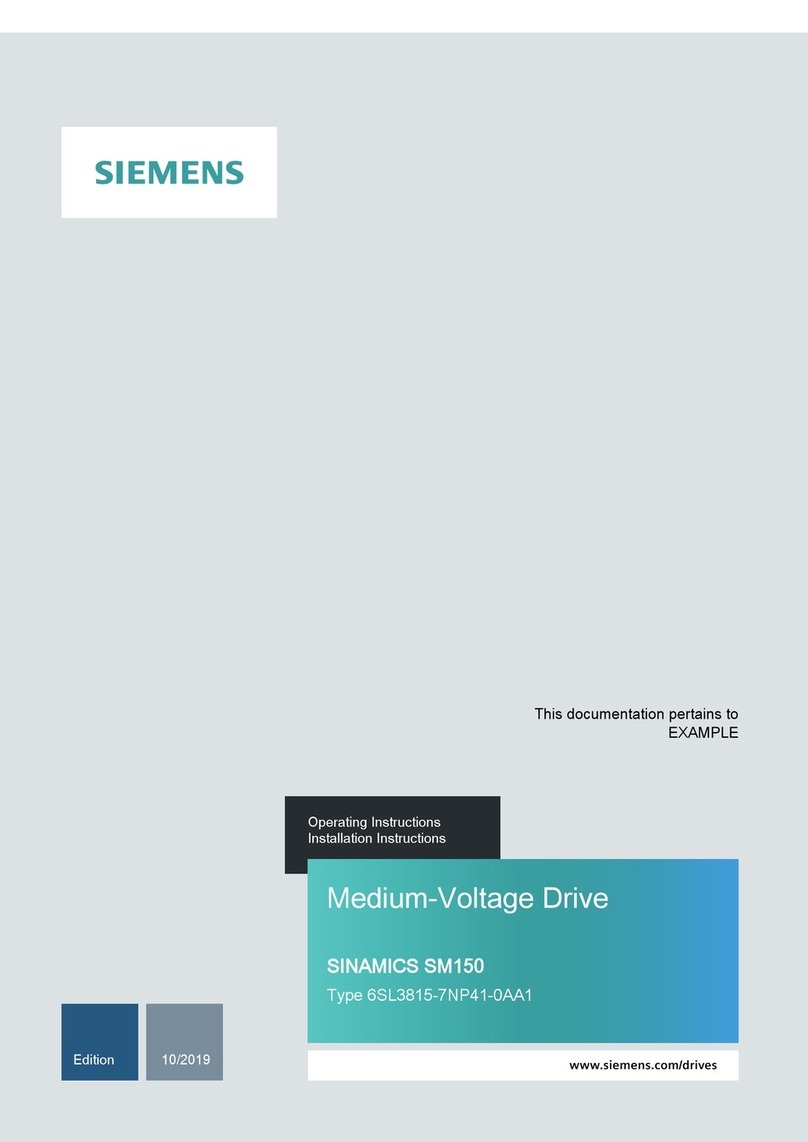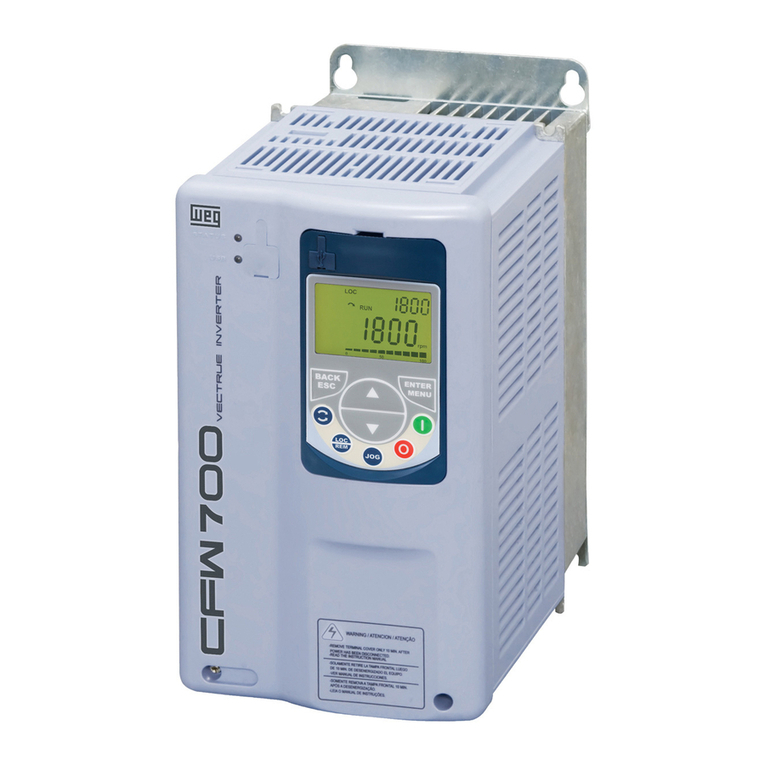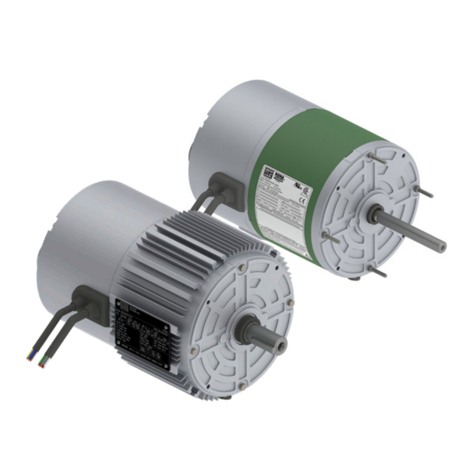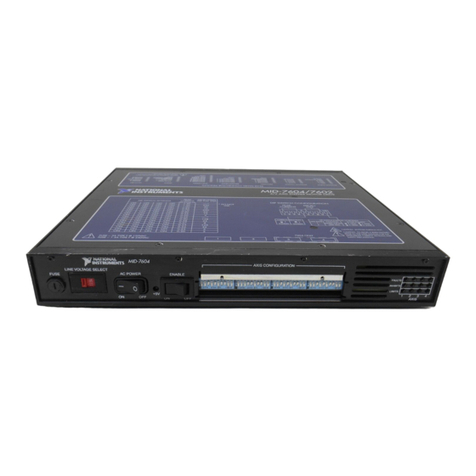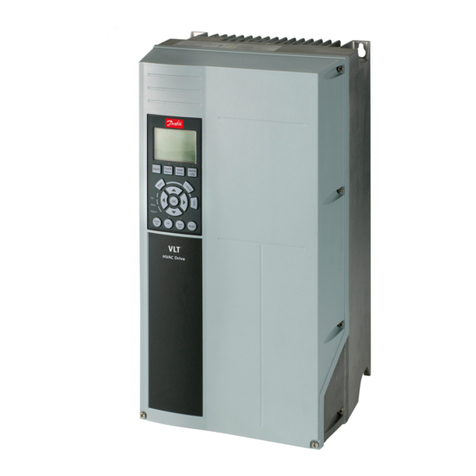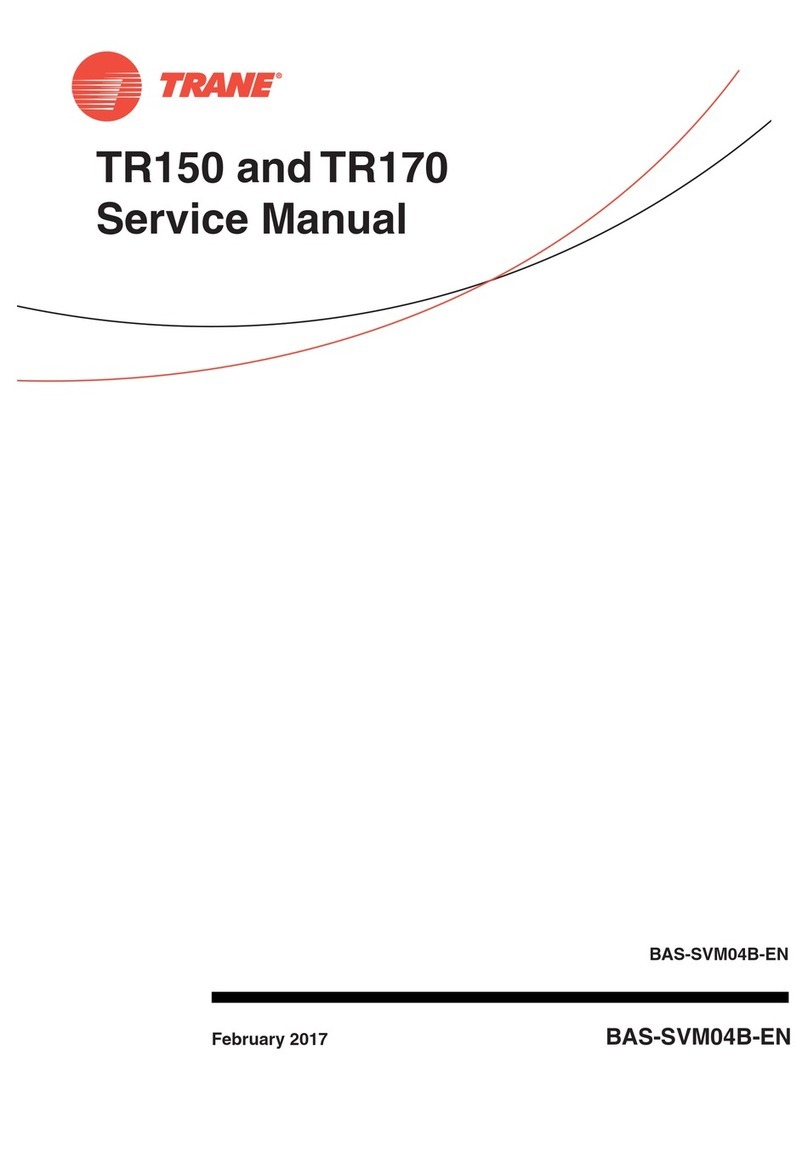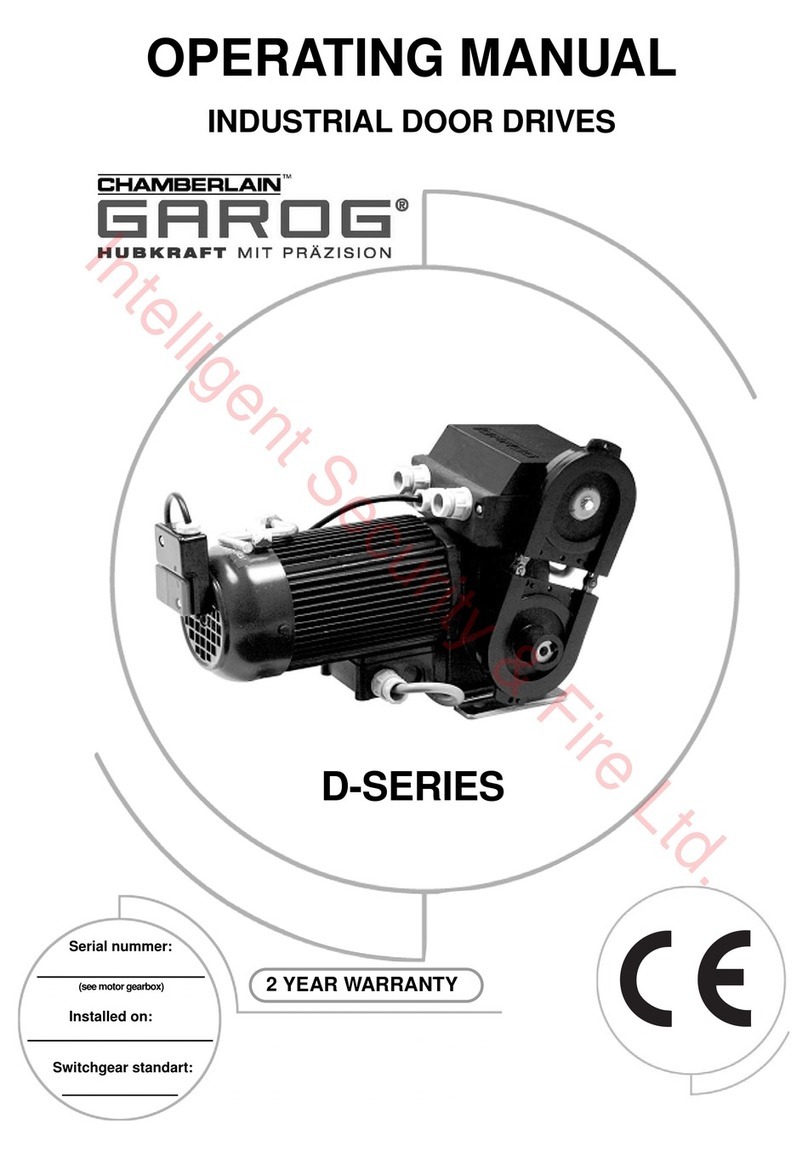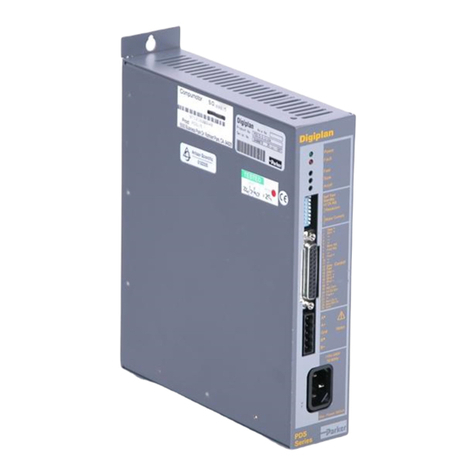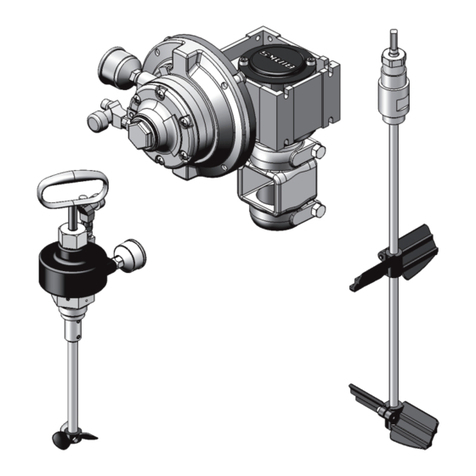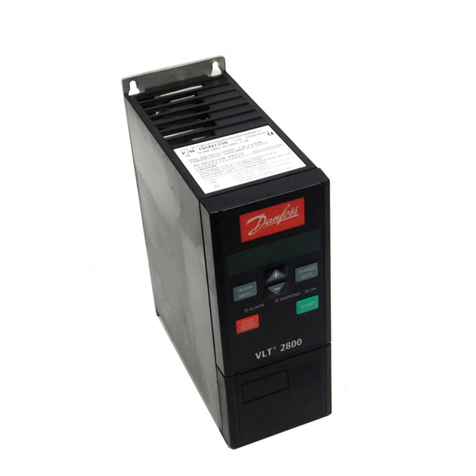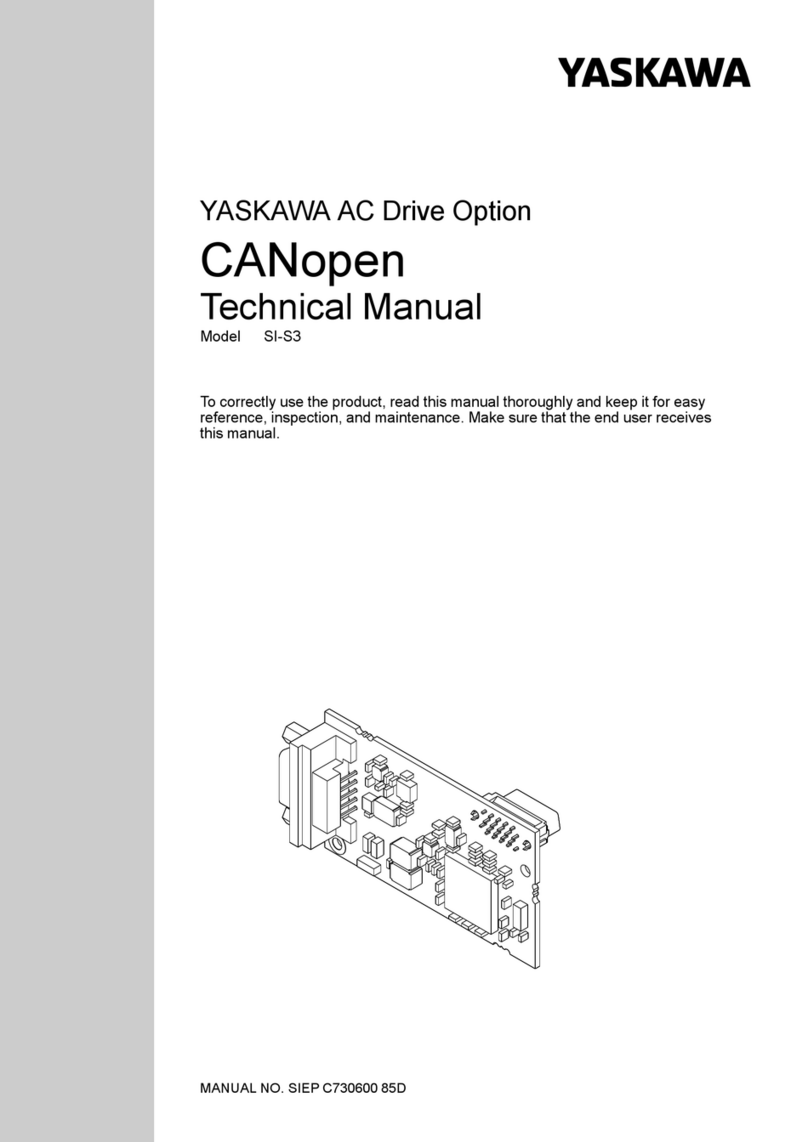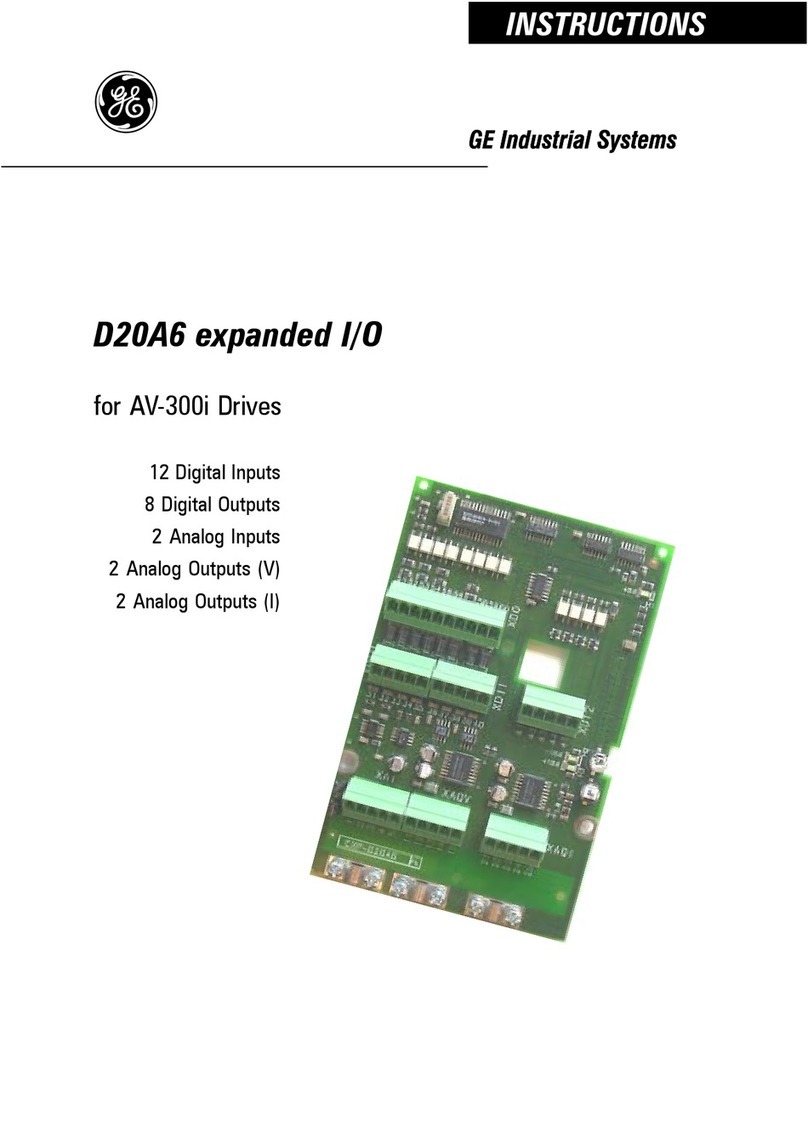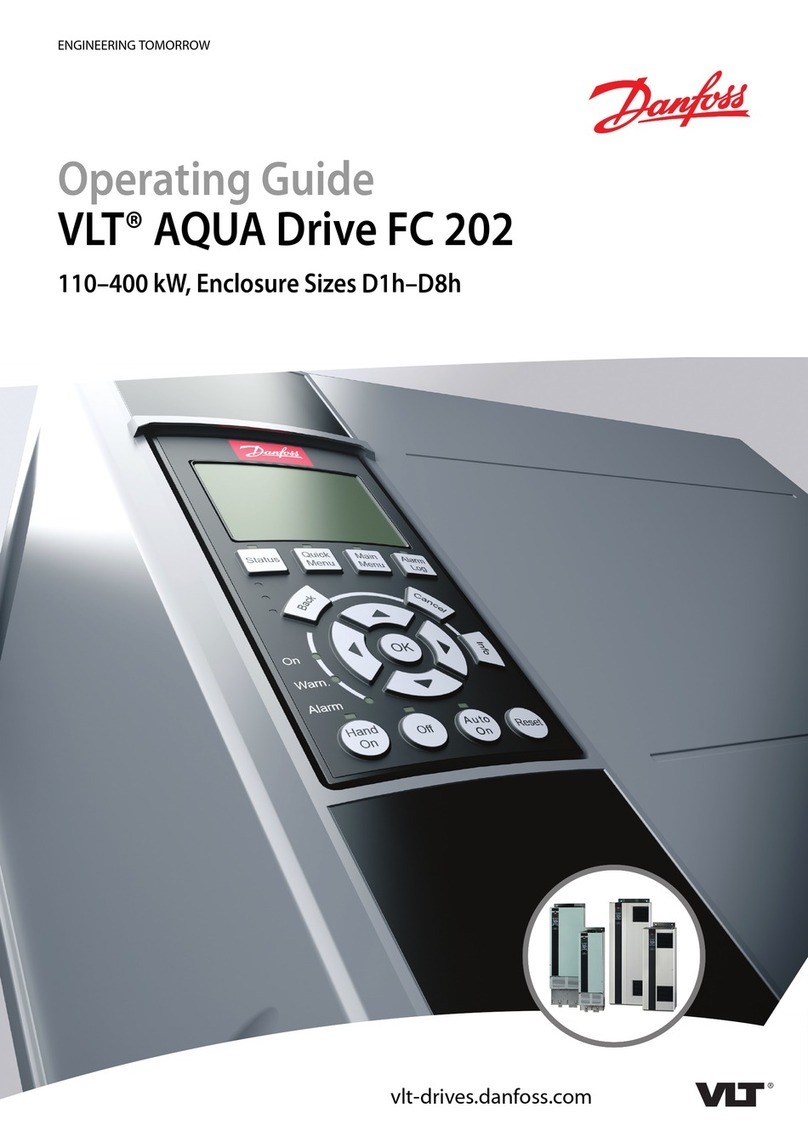Summary / Índice
ENGLISH
1. GENERAL INFORMATION ..................................................................................................5
2. INSTALLATION.....................................................................................................................8
3. OPERATION........................................................................................................................10
3.1 Truth Table ............................................................................................................................... 10
3.2 State of Inverter, Fault and Alarm Related to Safety Stop Function.................................. 10
3.3 STO Status Indication ............................................................................................................ 11
3.4 Periodic Test............................................................................................................................ 11
4. EXAMPLES OF WIRING DIAGRAMS OF INVERTER CONTROL SIGNAL ...................12
5. TECHNICAL SPECIFICATIONS ........................................................................................13
5.1 Electrical Control Characteristics ......................................................................................... 13
5.2 Operational Safety Characteristics ...................................................................................... 13
APPENDIX.............................................................................................................................. 32
ESPAÑOL
1. INFORMACIONES GENERALES ......................................................................................14
2. INSTALACIÓN ....................................................................................................................17
3. PUESTA EN MARCHA .......................................................................................................19
3.1 Tabla-Verdad ........................................................................................................................... 19
3.2 Estado del Convertidor de Frecuencia, Fallos y Alarmas Relacionados a la Función de
Parada de Seguridad.................................................................................................................... 19
3.3 Señalización del estado de la función “Safety Stop”.......................................................... 20
3.4 Teste Periódico ....................................................................................................................... 20
4. EJEMPLOS DE DIAGRAMAS DE CONEXIÓN DE LAS SEÑALES DE CONTROL DEL
CONVERTIDOR ......................................................................................................................21
5. ESPECIFICACIONES TÉCNICAS .................................................................................... 22
5.1 Características Eléctricas de Control................................................................................... 22
5.2 Características de Seguridad Operacional.......................................................................... 22
ANEXO.................................................................................................................................... 32
PORTUGUÊS
1. INFORMAÇÕES GERAIS.................................................................................................. 23
2. INSTALAÇÃO..................................................................................................................... 26
3. COLOCANDO EM FUNCIONAMENTO ........................................................................... 28
3.1 Tabela-Verdade ....................................................................................................................... 28
3.2 Estado do Inversor, Falha e Alarme Relacionados à Função de Parada de Segurança . 28
3.3 Indicação do Estado da Função Safety Stop....................................................................... 29
3.4 Teste Periódico ....................................................................................................................... 29
4. EXEMPLOS DE ESQUEMAS DE LIGAÇÃO DOS SINAIS DE CONTROLE DO
INVERSOR ............................................................................................................................. 30
5. ESPECIFICAÇÕES TÉCNICAS .........................................................................................31
5.1 Características Elétricas de Controle................................................................................... 31
5.2 Características de Segurança Operacional......................................................................... 31
ANEXO.................................................................................................................................... 32

